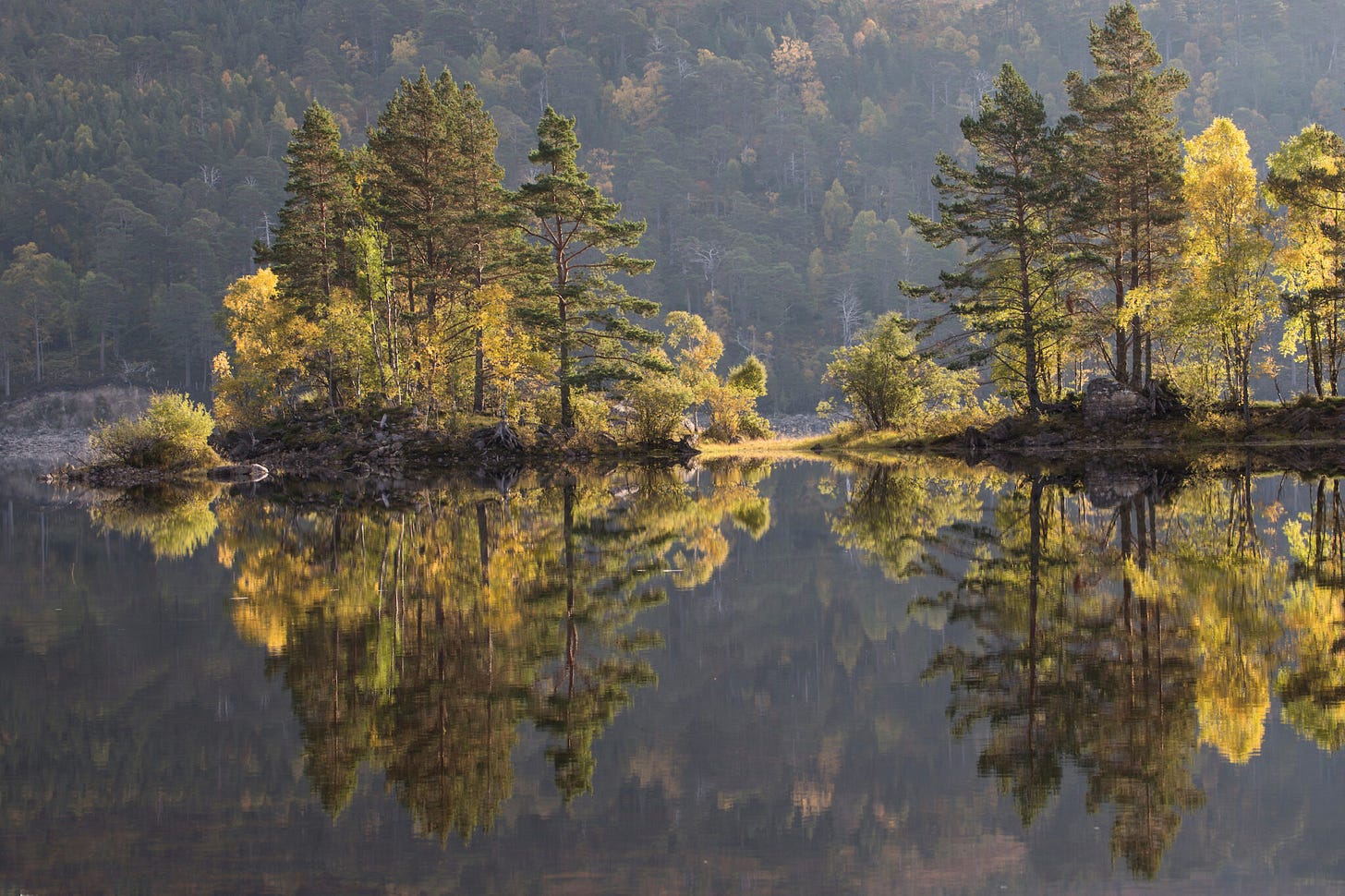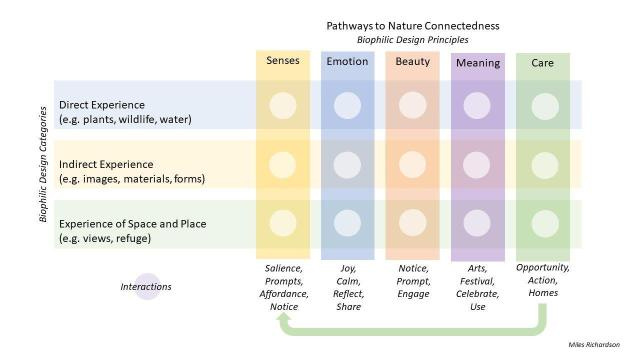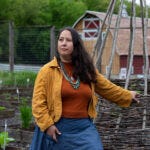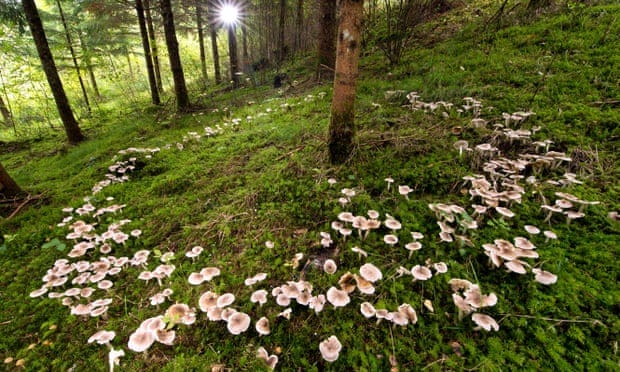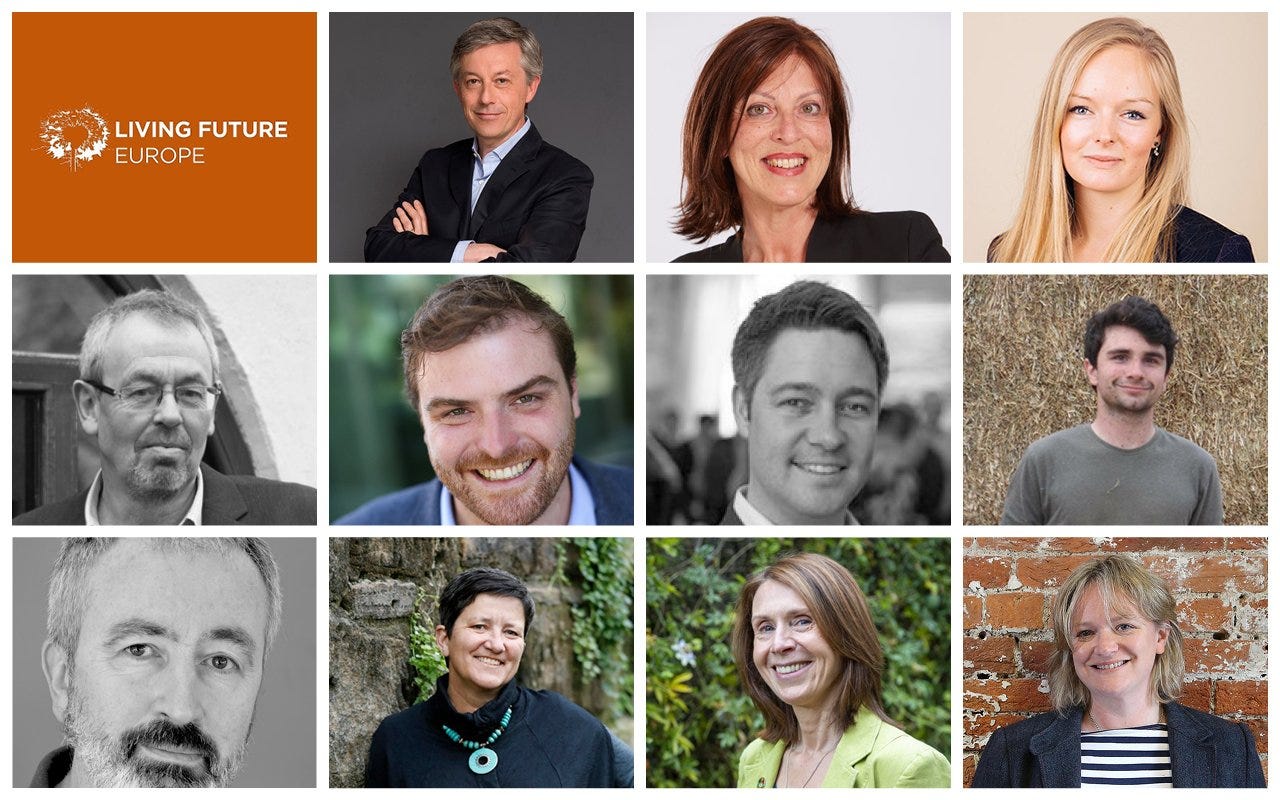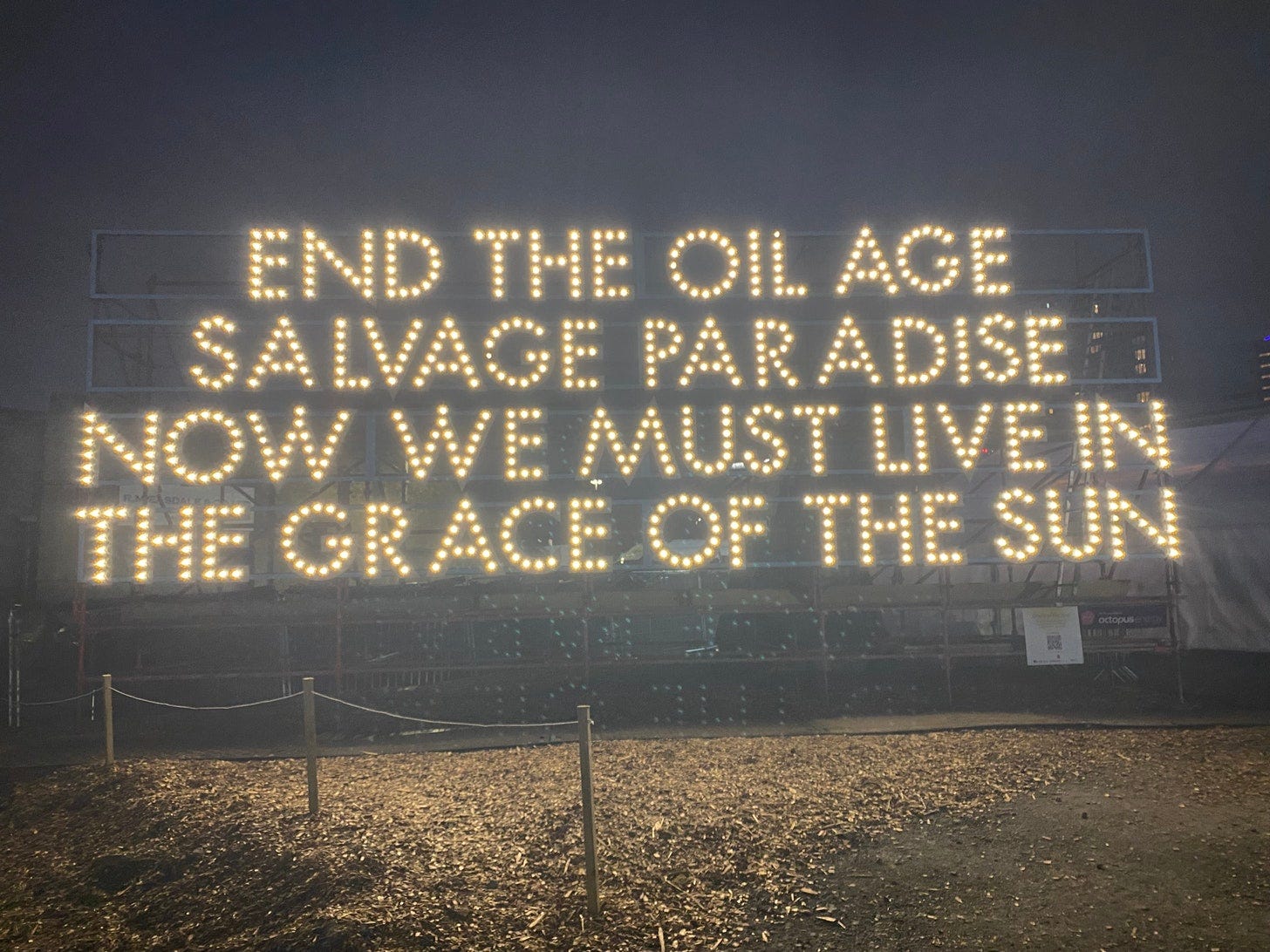Welcome to this edition of Regen Notes, where we take a trip through recent nature-based news, articles, events and media, illustrating lessons for our growing awareness and connectivity with nature towards a regenerative built environment.
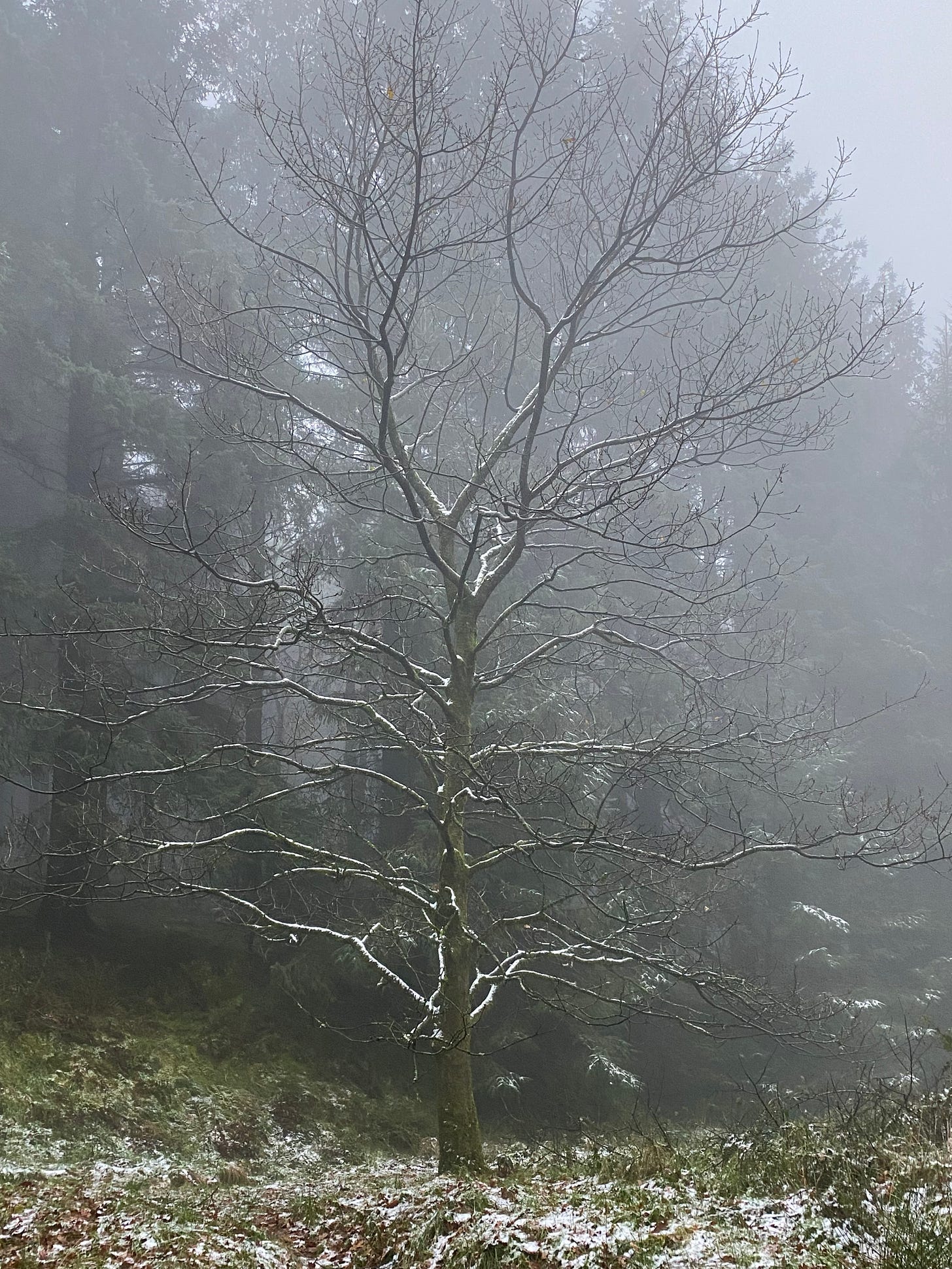
Future of Regen Notes
A request. Substack is looking for examples of UK based newsletters. If you like Regen Notes please do support us by letting SubStack know we exist, have a strong following, are unique in the built environment regenerative space and are growing. You can do so by leaving a comment on the substack post here, and of course by liking, sharing on Twitter and LinkedIn (and tagging Farrah Storr, the new head of writer partnerships for the UK). Thank you.
And on growing, exciting plans are hatching for 2022, where Regen Notes will move more content to a paid-for subscription basis, enabling funds to commission specific editions and interviews from those with commanding regenerative views or application.
Combining Nature Connectedness and Biophilic Design
(From FindingNature) Biophilic design is a building design concept used to increase occupant connectivity to the natural environment. Stephen Kellert was one of the pioneers of biophilic design and with Elizabeth Calabrese published The Practice of Biophilic Design. However, their basic principles around the need to foster engagement, emotional attachment and positive interactions are often overlooked.
Instead, people often focus on the categories of the biophilic design, these aspects can be seen as material and physical elements for inclusion and can be ‘ticked off. The latest paper from Finding Nature outlines how the pathways to nature connectedness can be integrated into Biophilic Design to maximise the benefits it can bring and it has just been published in Building Research & Information. The accepted version can be downloaded here.
The pathways to Nature has been used as a framework for our Biophilic Walks, most recent on the LFE Masterclass ‘biophilic’ walk around Stirling Castle as part of COP26 activities
Evaluating the Impact of Nature-Based Solutions.
A Handbook for Practitioners. A comprehensive handbook, but are we falling into an ego extractives trap with our progress on NBS, asking what can nature do for our built environment and our well-being, rather than asking the reciprocal question of what can we do for nature, or better how can we create the conditions through NBS that allows all life human and non-human to thrive?
Plans to mine violate rights of nature.
In a landmark ruling for Rights of Nature, Ecuador’s highest court has ruled that plans to mine for copper and gold in a protected cloud forest are unconstitutional and violate the rights of nature.
Reseeding the Food System.
A beautiful podcast conversation with Rowen White from Emergence Magazine. In this in-depth interview, Rowen White shares what seeds—her greatest teachers—have shown her: that resilience is rooted in diversity, and that all of us carry encoded memories of how to plant and care for seeds.
Underground Webs
The World’s vast networks of underground fungi to be mapped for the first time. Vast networks of underground fungi – the “circulatory system of the planet” – are to be mapped for the first time, in an attempt to protect them from damage and improve their ability to absorb and store carbon dioxide.
Ultimately, it’s not about preserving “pristine nature,” but helping people be more connected to these fungal networks wherever they are, and to get people to work with them in managed ecosystems, rather than harming them (with chemicals and development)
We should expect and demand more log piles and fungi in landscape design, as a key element in building design.
Legendary 92-year-old biologist has some advice for saving Earth.
In an interview with Vox, renowned naturalist and biophiliac E.O. Wilson shares stories from the field, his 50/50 plan to protect nature, and advice for young scientists.
Resurgence Education Pack for Schools.
The Resurgence Trust and the Harmony Project have developed a primary school learning programme focused on ‘Why is our local river or waterway important to us?’ “a teaching pack to help primary school teachers explore the life of their local river or waterway with the children in their classes”
Every tree counts.
A cunning way to create forests for free. In a clearing in the Amsterdamse Bos, a forest on the outskirts of the Dutch capital is a “tree hub” where hundreds of saplings, among them hazelnut, sweet cherry, field maple, beech, chestnut and ash, are organised by tree type.
Leaving the Hedgerows.
As many hedgerows have been grubbed out by developers, we need the recognition of their importance, on ecosystems, nature, carbon and our wellbeing. Given the high carbon value of hedgerows - their removal from developments should be added into the carbon footprint calculations of Britain’s ancient fortresses for nature Hedgerows were historically planted as barriers between fields, but in a human-dominated world, they are critical havens, corridors and connectors for wildlife.
Natural Carbon Sinks
How nature helps fight climate change. Smoking industrial chimneys, exhaust fumes, fires in the Amazon — yearly carbon emissions recently swelled to 12,000,000,000 tons (12 gigatons). And as carbon increases, so do temperatures. Around half of the emissions released remain in the atmosphere. Nature absorbs the rest, holding it in carbon sinks, such as soil, oceans and vegetation. These natural storage solutions slow climate change far more effectively than any human technology — carbon storage factories store just 40 megatons of CO2 annually or 0.003% of anthropogenic emissions.
Natural carbon sinks could perform even better with a little tweaking and for a comparatively small price tag. But humans are destroying more and more natural CO2 sinks, damaging our most successful tool to halt a climate catastrophe
Can Whisky Save Our Soils?
The regenerative connection between whiskey and the soils that provide the barley for Bruichladdich biodynamic malt.
Zoom Regenerative
A reminder that registration is open for last Zoom Regenerative session for 2021, on the December 14th with Rachel Sheila Kan. when we “try on” the world of regenerative fashion. Join us.
LFE Masterclass at COP
Please take a few minutes to read this lovely report Insights from Living Future Europe’s Masterclass unConference at COP26 from regenerative colleague Lizzy Campbell, (Regenerative Brand and Content Marketer). You will be inspired.
Regen Notes
Regen Notes is a newsletter of regenerative news, stories and more, with a sideways focus on the built environment, curated by Martin Brown. It is a companion to our Zoom Regenerative activities and podcasts where we join the regenerative dots, share the themes and work that invigorates, inspires and feeds our curiosity.



